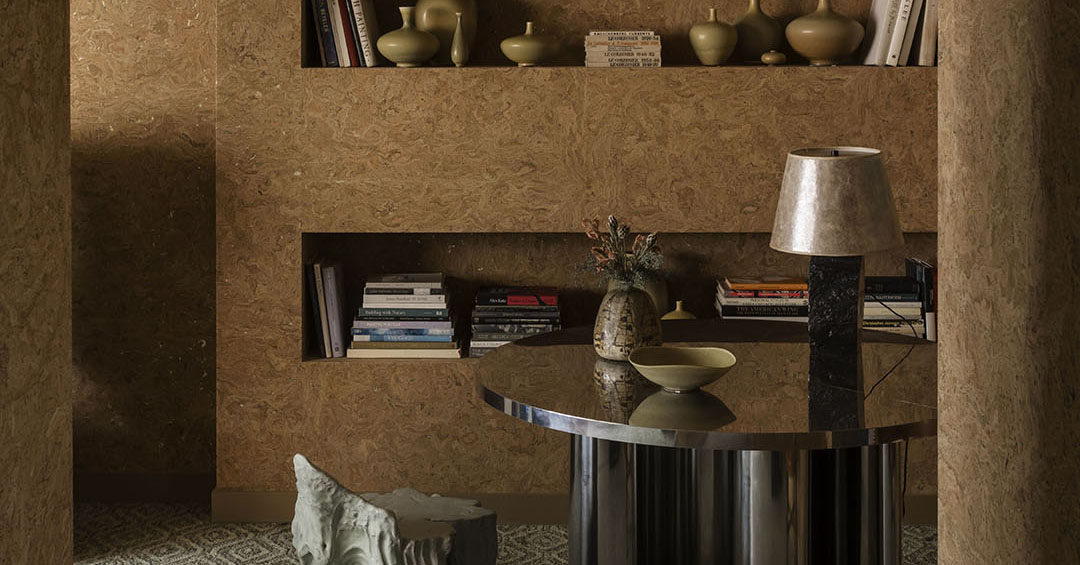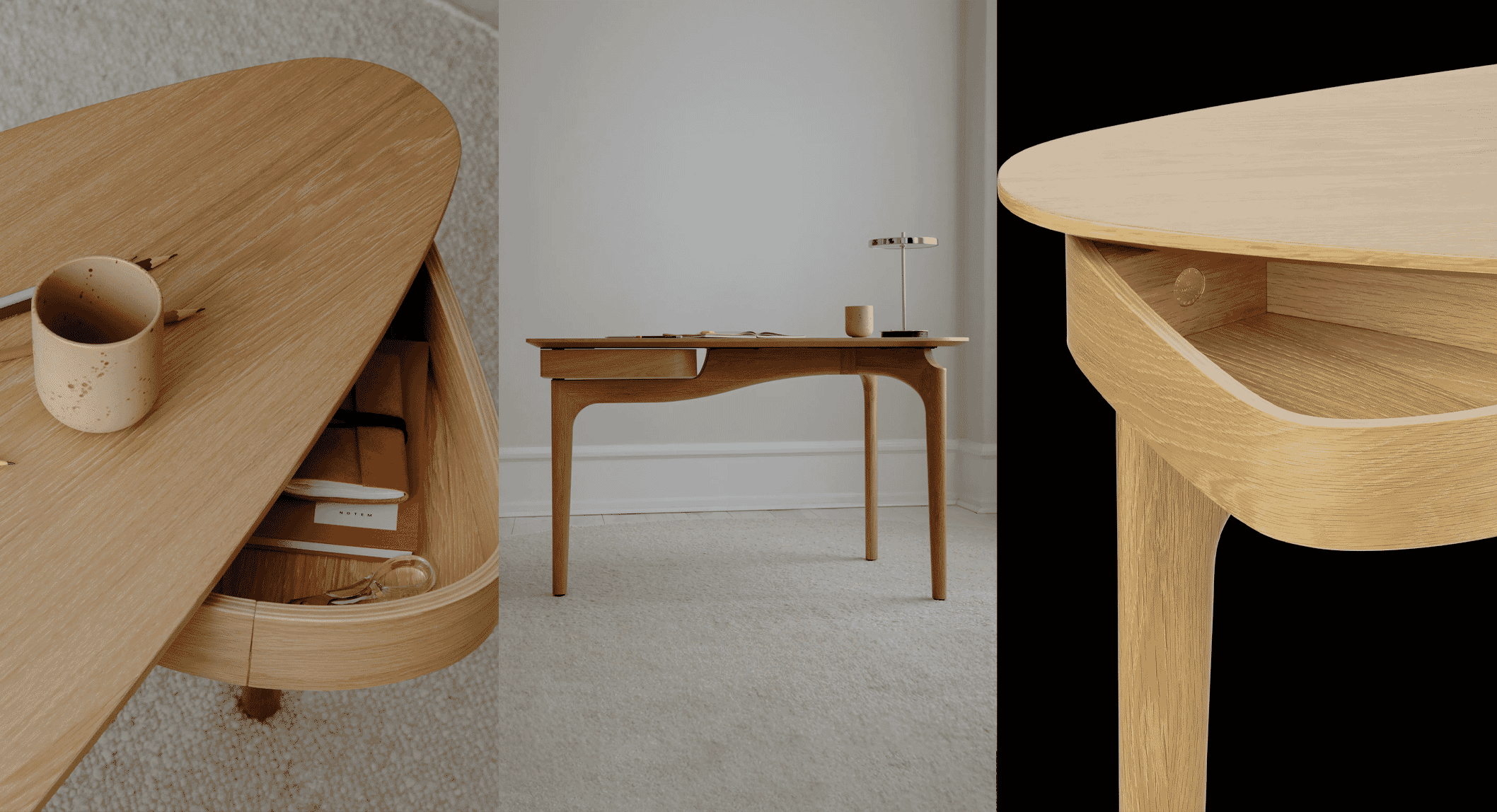6 Furniture Trends Interior Designers Are Tired of Seeing Everywhere
:max_bytes(150000):strip_icc()/GettyImages-1384257150-435435d9c4544167a46c86499cc24f20.jpg)
Between social media and ever-changing microtrends, the interior design trend cycle seems like it’s moving faster than ever. One day, you’re living, laughing, and loving that word art sign, and six months later, it’s in the trash. While some pieces will always feel timeless, today’s trends can fade in the blink of an eye. It’s frustrating, especially when that sofa you splurged on starts to feel outdated just a year later.
So, what’s the solution? Stay one step ahead. Here are six furniture trends interior designers have officially grown weary of.
Iconic Designer Sofas
For the past five years or so, certain iconic designer sofas that have been around for years have fallen back into favor in a big way—perhaps a little too big.
According to Liad Schwartz of Interiors with Liad, many of these pieces are starting to lose their appeal. “I am ready to say goodbye to designer sofas that have dominated trends for a while, like the Togo or Bellini. They’re timeless pieces, but their constant presence has made them feel a bit predictable.”
Designer Joe Waroquier shares a similar sentiment. He also thinks that investing in those sofas you see all over Instagram and TikTok won’t end up feeling like a great move a few years from now. “I’ve grown a bit weary of furniture that prioritizes trend over timelessness—pieces designed to look striking in the moment but that lack the quality, comfort, or character to endure,” notes the designer. “For example, ultra-minimal, ‘one-note’ designs or mass-produced replicas often feel more disposable than meaningful.”
So, if you love one of these sofas, go ahead and buy it, but be forewarned that the appeal could fade faster than you’d like.
Bouclé
It’s easy to find bouclé on just about everything from sofas to accent and dining chairs. While it was once a sophisticated touch, too much can look as if there’s a sheep on the loose. “It has been so overused in recent years, especially in white,” says Schwartz. “While it’s a beautiful material that brings texture and warmth to a space, it’s been applied to nearly everything, and it feels like it’s everywhere we look.”
On the other hand, if you’re still a fan of bouclé, that doesn’t mean you shouldn’t use it at all. But perhaps some tan pillows would be a better choice than committing to a full white sofa.
Scallops
Whether it’s on a bookshelf or a baby’s crib, one of the biggest interior design trends of the past two or three years has been scalloped edges. While this can be a sweet and fun way to add some pizzazz, designers aren’t as enthused about this look as they once were. Martina Biegel of Galerie Design + Build tells me, “Once playful and fresh, scalloped edges have become a go-to shortcut for adding personality to furniture. At this point, it’s been overused in everything from headboards to mirrors, and we’d much prefer cleaner lines and more timeless silhouettes.”
On the other hand, designer Alexandra Azat of Plaster and Patina says scalloped edges can still be stylish in smaller doses. “I love it as an accent, but lately, I’ve noticed that it is being overused as the main focal pieces throughout a room, which is a mistake because you’ll want those changed out in a few years.”
Overpriced and Overhyped Vintage
Evan Krenzien of Shane & Pierce shares that designers can get a little tired of seeing the same pedigreed antiques or vintage items over and over again. “Don’t get us wrong, many of these are beautiful pieces of craftsmanship and famous for a reason, and items that can and deserve to be mixed into a collection with the right balance,” Krenzien says. “But if someone has the budget for a set of 10 original Jeanneret dining chairs, they likely have many options available to purchase items that maybe haven’t been seen as widely.”
It’s all about the right mix and balance of high and low. Just because something is expensive doesn’t mean it translates to unique these days. “When we suggest a splurge item to clients, we want them to absolutely love the piece versus just having seen it over and over.”
Travertine
Travertine has been big for several years now, but interior designer Francesca Grace notes there’s been a shift away from this material. “After such heavy use across the board, designers are leaning toward richer textures and more unexpected combinations to keep spaces feeling fresh and personal,” Grace says.
Open Shelving
The reign of open shelving is coming to a close because, while it can look nice, many people have realized it’s incredibly impractical, explains Kimberly Oxford of Kimberly Oxford Interiors. “After more than two decades in design, I’ve seen trends rise, peak, and fade, and open shelving in kitchens has reached its tipping point,” she says. “While it photographs beautifully, it demands constant styling and often feels disconnected from how families truly live.”
Instead of style-only choices, clients are opting for more practical designs. “The next chapter in kitchen design is about balance: cabinetry that supports function and daily rhythms, paired with intentional display moments that feel collected over time,” Oxford says. “Clients are no longer interested in staging their lives for a picture; they want kitchens that hold both beauty and longevity.”
link



:max_bytes(150000):strip_icc()/27398_Branstetter3337-7dce1e01ac2c43a4a5bc0e74ae86af34.jpg)


:max_bytes(150000):strip_icc()/28140_IH25_CHO_VA4227_preview-99ce0240b9454b4996c260f90b9ca6ef.jpg)
